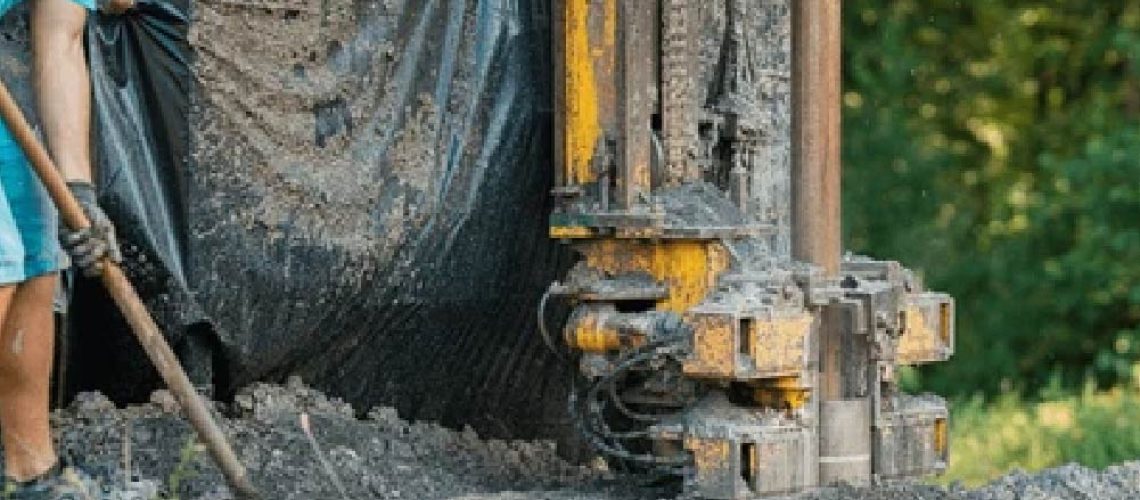Surface rigs are essential industrial platforms used in a wide range of sectors—from oil and gas extraction to construction and renewable energy installations. In this article, we explain what surface rigs are, describe their types and main components, and explore the applications and benefits they offer.
Definition of Surface Rigs
Surface rigs are work platforms or structures located on the ground (or at the water’s surface) that support heavy-duty operations such as drilling and construction. They are engineered to provide a stable and safe working environment while handling intensive tasks. In essence, a surface rig is designed to remain stationary while its equipment (e.g., drilling head or lifting system) performs the required operations below or around it.
General Understanding
Simply put, surface rigs are platforms placed at the surface that support activities like oil drilling, foundation construction, and utility installation. Their robust design ensures that even under harsh environmental conditions, the rig can operate safely and efficiently.
Key Characteristics
- Robust Structure: Built to withstand heavy loads and severe weather conditions.
- Propulsion and Mobility Systems: Some types include propulsion systems to reposition the rig as needed.
- Advanced Automation: Incorporation of computerized controls minimizes human error and enhances precision.
- Flexible Design: Modular configurations allow customization for specific operational needs.
Types of Surface Rigs
Not all surface rigs are the same—each type is designed for specific applications:
Fixed Surface Rigs
These rigs have a permanent structure installed at a designated location. They are ideal for long-term projects such as onshore oil drilling, where stability is paramount, though they lack mobility.
Semi-Submersible Surface Rigs
Designed to partially submerge or float, these rigs adjust to varying environmental conditions. They are commonly used in shallow waters or moderate sea states, offering a good balance between mobility and stability.
Modular Surface Rigs
Modular rigs can be reconfigured quickly by assembling or disassembling their components. This flexibility makes them perfect for projects that require rapid adaptation to changing work conditions.
Comparison
While fixed rigs provide superior stability, they are less adaptable. Conversely, modular and semi-submersible rigs offer enhanced mobility and flexibility, though they may involve a higher initial investment.
Main Components of Surface Rigs
Understanding the key parts of a surface rig helps to appreciate how they work:
Structure and Framework
The core frame is designed to bear significant loads and pressure, ensuring the overall integrity of the rig—even in extreme weather or operational conditions.
Propulsion System
Some surface rigs include a propulsion system that allows them to move to new locations. This system is particularly important for rigs operating in dynamic environments like coastal or shallow-water settings.
Lifting and Handling Systems
A lifting system, often powered by hydraulics, is used to move heavy equipment or materials during drilling or construction. This system ensures that materials are safely and efficiently transferred during operations.
Safety and Control Systems
Modern surface rigs are outfitted with sensors, alarms, and automated control systems to monitor operations. These features help to quickly identify and mitigate any potential hazards, ensuring a safe work environment.
Applications of Surface Rigs
Surface rigs are versatile tools with applications across various industries:
Oil and Gas
In onshore oil and gas extraction, surface rigs provide the necessary stability and support for drilling wells. Their advanced systems help reduce the risk of accidents and improve extraction efficiency.
Drilling for Minerals and Water
Surface rigs are also widely used for drilling boreholes for water wells and mineral exploration. Their ability to access hard-to-reach locations makes them indispensable for geotechnical surveys and natural resource extraction.
Construction and Infrastructure
During the construction of buildings, bridges, and other structures, surface rigs support foundation drilling and installation of utilities. Their precision and stability ensure that projects are completed on schedule and within safety standards.
Renewable Energy
Surface rigs play an emerging role in renewable energy installations. For example, they are used to install the deep foundations required for onshore wind turbines, where both stability and accuracy are critical.
Benefits and Advantages
The adoption of surface rigs offers several key benefits:
Operational Efficiency
Automated and precisely engineered, surface rigs improve operational efficiency by reducing downtime and expediting project completion. This leads to lower overall costs and faster project turnaround.
Enhanced Safety
With integrated safety systems, surface rigs significantly reduce the risk of accidents. Continuous monitoring and automated controls ensure that any issues are detected early and managed promptly.
Flexibility and Adaptability
Especially with modular designs, surface rigs can be reconfigured for different projects. This adaptability makes them ideal for varied applications—whether it’s a long-term drilling operation or a short-term construction project.
Increased Productivity
By minimizing manual labor and streamlining operations, surface rigs boost productivity. This allows companies to complete projects more quickly and at a reduced cost, thereby improving their competitive edge.
Challenges and Considerations
Despite their many benefits, there are some challenges associated with surface rigs:
- High Initial Costs: The investment required for high-quality surface rigs can be substantial.
- Maintenance Requirements: Regular maintenance is essential to ensure continued safe operation, which can add to operational costs.
- Environmental Impact: Although technological advancements are reducing carbon emissions, some rigs still contribute to environmental concerns, prompting regulatory scrutiny.
Conclusion
Surface rigs have proven themselves to be vital tools in the modern industrial landscape. With their robust design, advanced safety features, and versatile applications—from oil drilling to construction and renewable energy installations—they represent a key asset for increasing productivity and efficiency. While challenges such as high costs and maintenance remain, ongoing innovation continues to drive improvements, making surface rigs a cornerstone technology in today’s competitive markets.



